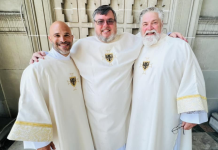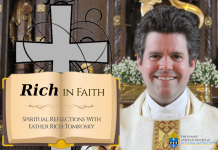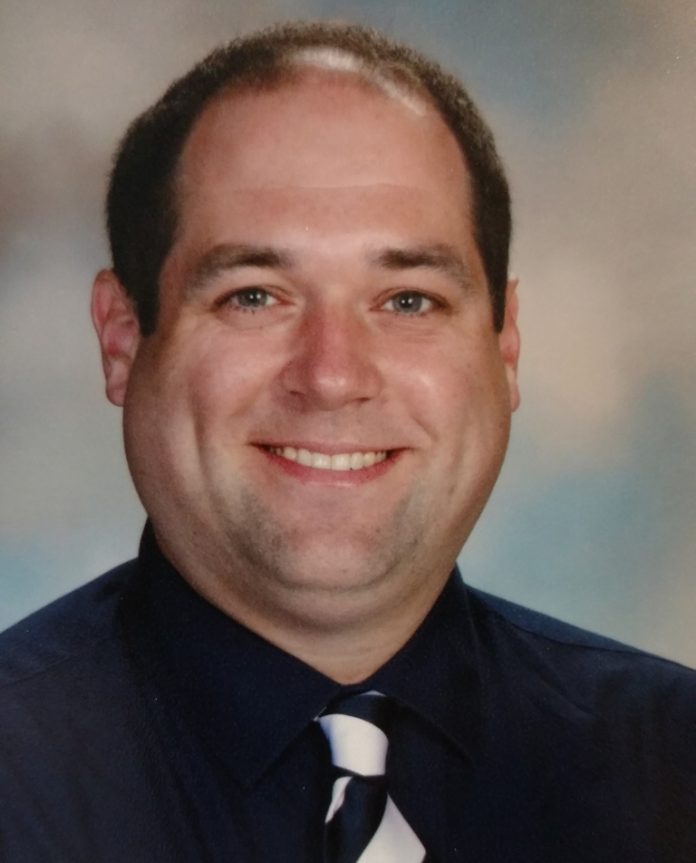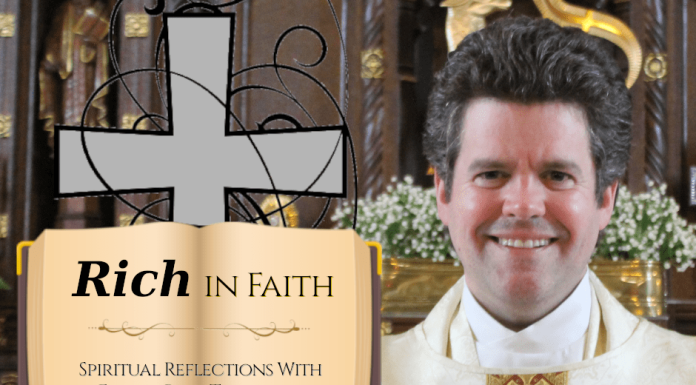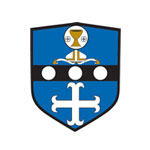Column by Jonathan Nagy
In 1895, American author Stephen Crane completed his most famous work, “The Red Badge of Courage.” The story focuses on a man named Henry who fights with the Union Army during the American Civil War. Prior to joining the military, Henry idealized battles into glorious stories, and he wanted to catch some of that glory. However, once in battle, he became deathly afraid and began to run away. The book details Henry’s feelings during the war and his cowardly act of running away rather than staying to fight the battle.
At one point in the book, Henry returned to his troop to visit the wounded. He even somewhat envied the soldiers for the wounds they had received. A ‘Red Badge’ is a metaphor for a wound, and in Henry’s eyes, a sign of courage. At that point, he wished that he too had received a red badge of courage for bravery in battle.
I would surmise that there isn’t a human alive who does not have some sort of a scar or who has not sustained an injury. Personally, I have many, from a cut on my finger, to a still healing gash on my leg, to a 20-year-old surgical scar. I can remember what happened to receive each and every one, often the result of a clumsy accident. But accidents happen and we recover from our injuries. However, long after an injury, the scars still remind us of what we experienced.
Like Henry in the “Red Badge of Courage,” many of our wounds symbolize tales of honor from receiving them. We tell the stories over and over again and even show our ‘badges’ because we are proud of what we endured to receive them. While all scars tell a story, not all of them are proud or happy moments, or even events we care to remember!
Jesus Christ was a human being who experienced the same pains that we feel. The Gospel of John described the scene when our Lord heard of his friend Lazarus’ passing with two words: “He wept.” The night before he died, Jesus suffered the agony in the garden, fearful of what was ahead of him. The Gospel of Luke explained that Jesus, “Being in anguish, he prayed more earnestly, and his sweat was like drops of blood falling to the ground.” The Stations of the Cross vividly describe Jesus’ Passion and death on the cross, from the scourging at the pillar all the way through the final nail being driven through his flesh as he was raised on the cross. God didn’t have to send His only Son to suffer this pain, but He did so for our salvation.
Trying to imagine the pain that Jesus went through and seeing his scars is not something that many people can easily comprehend. While we have all suffered pain in our lives, few can relate to what He went through. In prayer, I try to visualize how Jesus suffered. My mind often turns to hymns or songs of inspiration to help me find the words that I struggle to verbalize. While contemplating how I wanted to present this article, two songs came to mind that helped guide me. In his song “Feel the Nails,” Ray Boltz sang, “Does He still feel the nails, every time I fail? Does He hear the crowd cry ‘Crucify’ again? Am I causing Him pain? Then I know I’ve got to change. I just can’t bear the thought of hurting Him.” Imagining that our sins are like the nails driving through his wrists added to His pain is eye opening, but so is the knowledge that He forgives us if we are penitent.
The second song that comes to mind for me is “Scars” by I Am They. The refrain speaks about what His pain and suffering means to us: “So I’m thankful for the scars ‘cause without them I wouldn’t know Your heart, and I know they’ll always tell of who You are, so forever I am thankful for the scars.” Jesus suffered so greatly so that we may be able to experience eternal life with Him. We need to show him thanks for what He endured for us. Just as the lyrics explained, if it wasn’t for what He did for us so long ago, we wouldn’t be open to His love and care.
The love that our Father in Heaven has for us, his children, is exemplified by the love our parents have for us. Parents sacrifice so much in order for their children to have a better life than they did. I’m sure others are like me, in that we don’t thank our parents enough for what they have done and continue to do for us. As I know both of my parents are faithful readers of my writing, from the bottom of my heart, THANK YOU for the scars you endured to raise Brett, Katie, and I to be the people that we are today. Your sacrifices have helped us to “know your hearts.”
Just like with physical scars, many people have endured spiritual scars. Not everything in life happens the way we want it to happen. Sometimes, the pain we endure through traumatic events can leave long lasting and even permanent emotional and spiritual scars.
We often think that the spiritual scars that we feel cannot be healed. We can even feel shame for the self-inflicted scars on our souls. We may look to reason why we were meant to suffer pain and try to assign blame. In moments of anger, we may even blame God for what we experienced. The image below is one of my favorites with this concept:
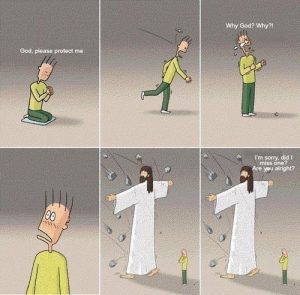
Jesus does everything that He can to protect us from the things that hurt us, but sometimes we still suffer spiritually, either at our own hands or the hands of others. As Catholics, we are fortunate to have a path to heal those scars. The Sacrament of Reconciliation is a healing process for us. God, working through the priests, hears our sorrow for our sins and grant us the forgiveness that helps to heal those spiritual wounds. As Pope Francis exclaimed, “To celebrate the Sacrament of Reconciliation means to be wrapped in a warm embrace.” Let the love of God heal you.
I advise everyone feeling spiritual pain and suffering to open yourself up to the Sacrament. Let Jesus enter your heart and tell you that it will be okay. Even after confession, are we still sometimes left with the memory of that scar? Absolutely. But just like Henry in the Red Badge of Courage, we can wear that badge as a sign of honor, knowing that God has, does, and always will forgive us for those things in which we are truly sorry. Never let a scar prevent you from believing in His healing touch!
Jonathan Nagy, M.Ed., is the Dean of Students and Social Studies teacher at Bishop Carroll Catholic High School in Ebensburg. He is also the Music Director at the Basilica of Saint Michael the Archangel in Loretto.


